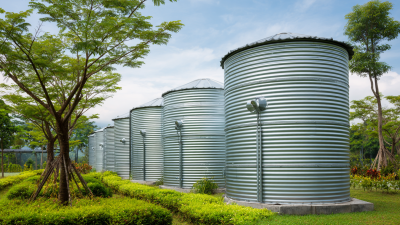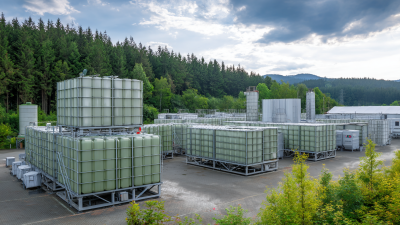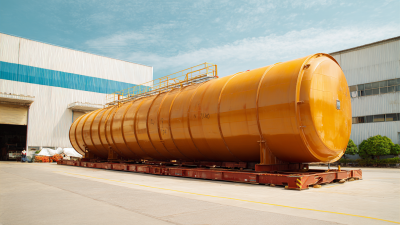When it comes to selecting the right water storage solution, the choice of modular water tanks has gained significant attention in recent years. According to industry expert John Smith, a leading specialist in sustainable water management, "Modular water tanks offer unparalleled versatility and scalability for various applications, making them an ideal choice for both residential and commercial needs." This adaptability is one of the key reasons why modular water tanks are increasingly being favored by those looking to optimize their water storage solutions.
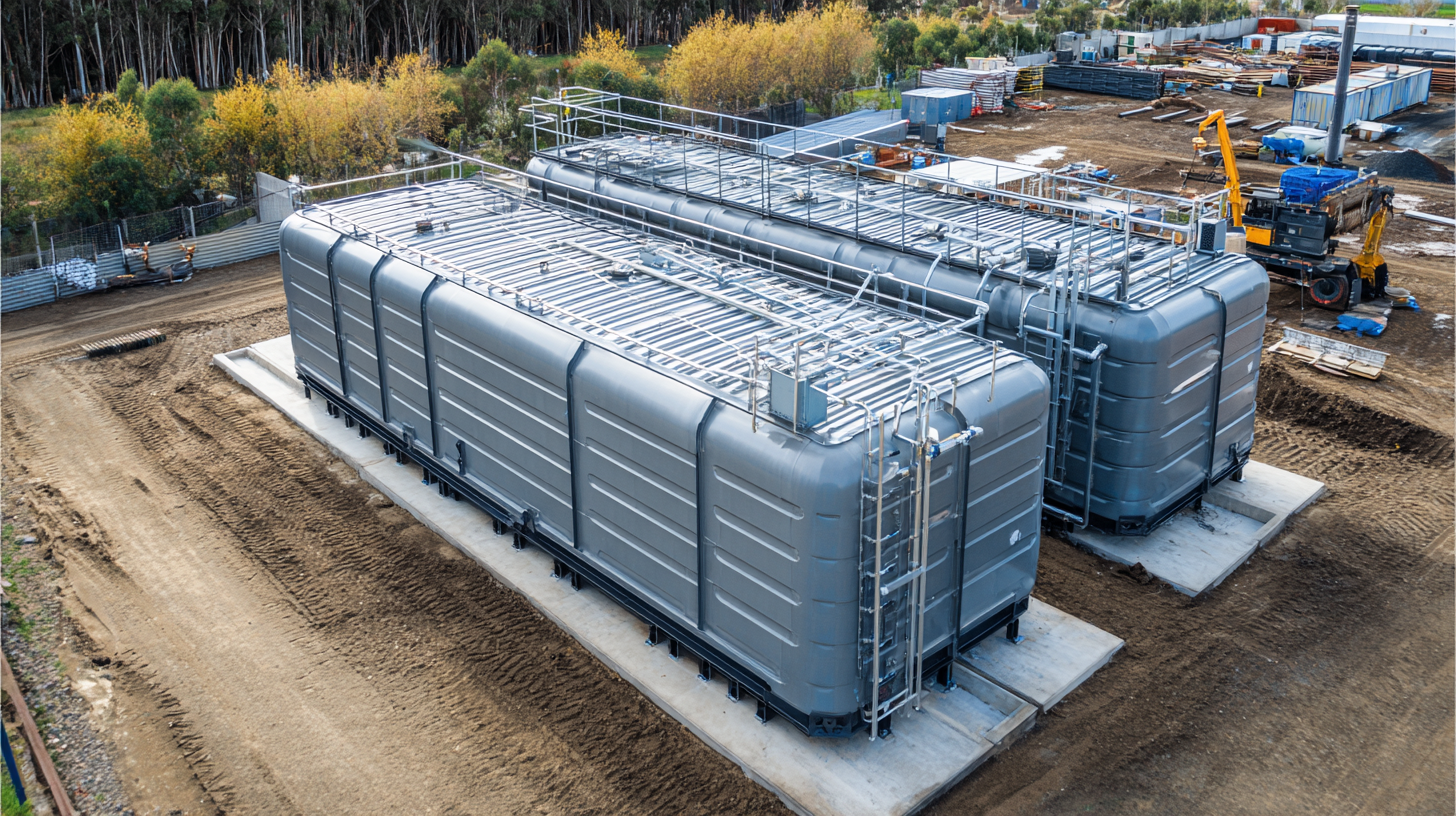
Modular water tanks are designed to be easily assembled and customized to meet specific requirements, which is particularly beneficial in areas facing fluctuating water demands. In an era where water conservation and efficient management are critical, understanding the unique features and advantages of modular water tanks can empower consumers to make informed decisions. As you explore options for your water storage needs, it's crucial to consider factors like capacity, material, and installation requirements, ensuring that the solution you choose aligns perfectly with your needs.
When selecting a modular water tank, understanding the capacity requirements is essential for optimal performance. Modular water tanks come in various sizes and configurations, allowing for customization based on the specific needs of your project. These tanks can be combined to achieve a larger storage volume, making them suitable for both small-scale and extensive applications. Evaluate your intended use—whether it’s for irrigation, firefighting, or industrial processes—to determine the necessary capacity.
Moreover, consider factors such as the availability of space, the volume of water needed, and future expansion plans. Conducting a thorough analysis of your water use patterns will help you choose the right size and number of modules to ensure efficiency and longevity. With the right modular water tank, you can manage your water resources more effectively while adapting to changing demands and situations.
When selecting modular water tanks, the choice of materials and construction plays a crucial role in ensuring durability, efficiency, and environmental sustainability. Key materials such as concrete, steel, plastic, and fiberglass each come with their unique advantages and drawbacks. Concrete is often favored for its strength and longevity, making it ideal for permanent installations, while steel offers resilience under varying temperatures and can be customized for a variety of applications. Plastic tanks are lightweight and resistant to corrosion, although they may not withstand extreme pressures, whereas fiberglass combines strength with lighter weight, suitable for both above-ground and underground installations.
Evaluating the construction quality of modular water tanks is equally important. Factors such as the tank's design, installation method, and resistance to environmental conditions can significantly impact its performance. For instance, tanks designed for harsh climates must incorporate protective features against UV degradation or freeze-thaw cycles. Additionally, assessing the manufacturing processes and standards helps ensure that the tanks meet safety and health regulations. By carefully considering these materials and construction factors, users can select the most appropriate modular water tanks tailored to their specific requirements and environmental conditions.
When selecting modular water tanks, a critical aspect to consider is the cost, as it directly influences the overall value of your investment. According to the latest industry reports from the Water Environment Federation, the initial purchase price of modular water tanks can range from $5,000 to over $50,000, depending on size, material, and technology. It’s essential to weigh these costs against the long-term benefits, including durability and maintenance. High-quality, corrosion-resistant materials, such as polyethylene and fiberglass, may have a higher upfront cost but can lead to significant savings in maintenance and replacement fees over time.
Furthermore, a 2022 market analysis published by MarketsandMarkets indicates that while the average cost of modular water tanks has seen a steady increase of around 5% annually, the demand for cost-effective water storage solutions remains high. This demand drives innovation in design and manufacturing processes, resulting in better quality tanks at competitive prices. When evaluating options, consider not just the purchase price but also the lifetime cost implications, including installation and operational savings. By balancing initial outlay with quality and future expenses, you can ensure an optimal selection that meets your water storage needs effectively and affordably.
When selecting modular water tanks, customization options play a crucial role in ensuring that the tanks meet specific needs. Modern water tanks can be tailored in their size, shape, and material to accommodate various applications—whether for agricultural use, industrial processes, or domestic storage. According to industry reports, over 70% of businesses now prioritize customizable solutions in their purchasing decisions, reflecting a broader trend towards personalization in manufacturing.
One effective way to tailor your modular water tank solution is by considering additional features such as integrated filtration systems or insulation for temperature control. These enhancements can optimize the tank's functionality and provide long-term value. For instance, opting for materials that offer durability and resistance to corrosion can significantly extend the lifespan of the tank, saving costs on replacements and repairs.
Tips:
- Assess your specific water storage needs, including capacity and environmental conditions, before selecting a tank.
- Explore options for modular expansions that allow for future growth or changes in usage without the need for a complete replacement.
- Consult with manufacturers about available customization features to find the best fit for your unique requirements.
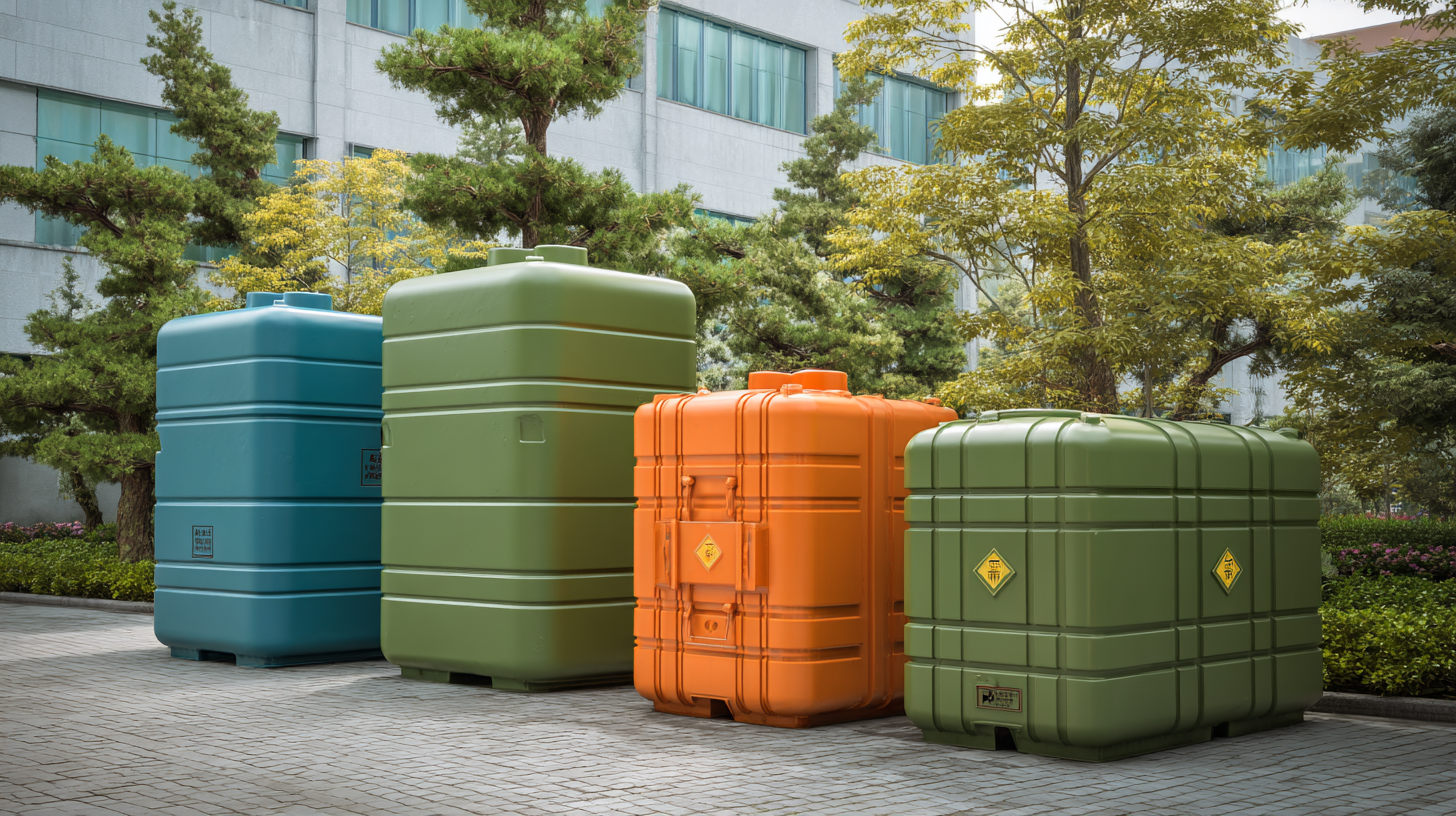
When selecting modular water tanks, maintenance and longevity play crucial roles in ensuring that the systems operate efficiently and sustainably. According to a report by the Water Environment Federation, regular maintenance can extend the life of modular water tanks by up to 40%. This not only reduces replacement costs but also minimizes environmental impact. Key maintenance practices include routine inspections for leaks, proper cleaning protocols to prevent sediment build-up, and ensuring that all fittings and connections are secure and free from corrosion.
Moreover, choosing tanks made from high-quality materials is essential for durability. A study by the American Society of Civil Engineers indicates that polyethylene and fiberglass tanks, when properly maintained, can last over 30 years. These materials resist UV degradation and are less vulnerable to chemical corrosion, making them ideal for various applications. Implementing a stringent maintenance schedule and investing in high-quality tank systems can significantly improve the longevity and reliability of your modular water storage solution, ensuring that your investment remains sound and effective over time.

